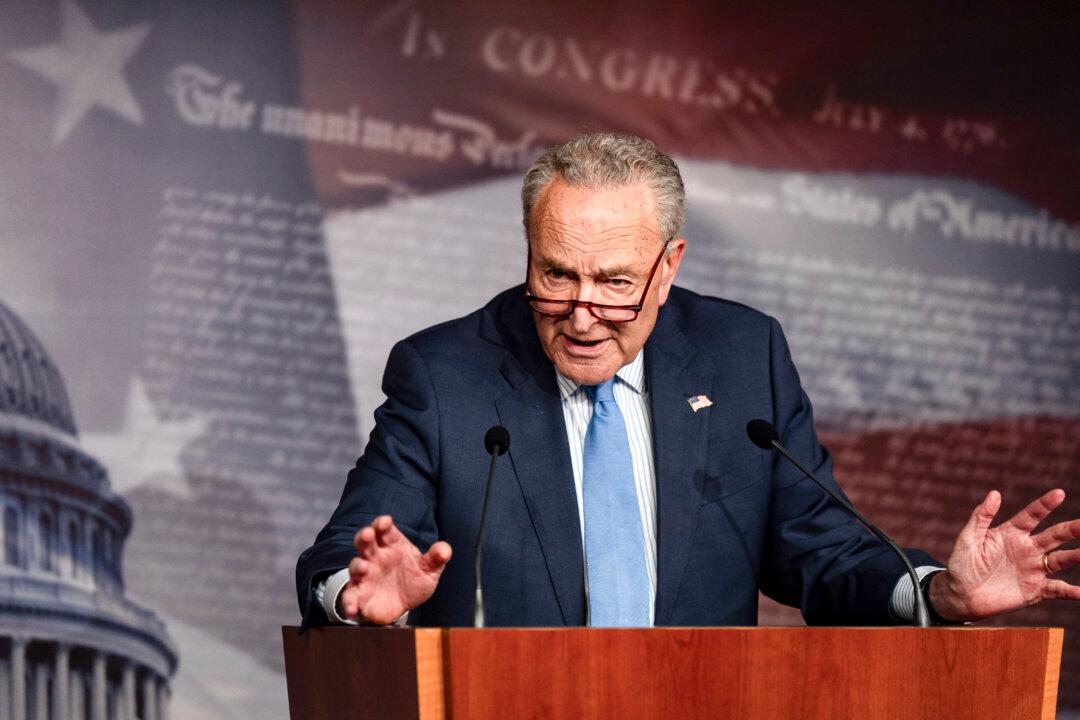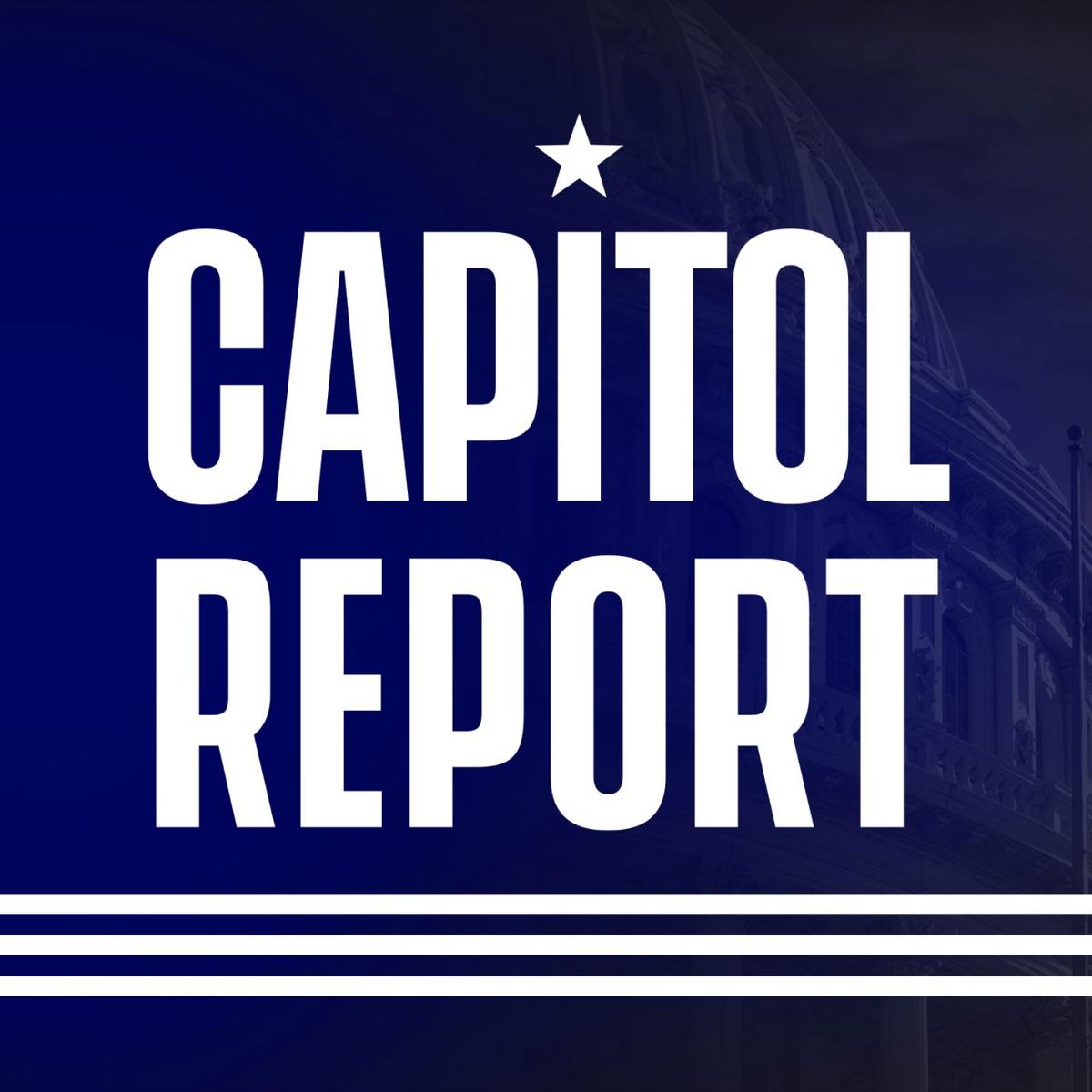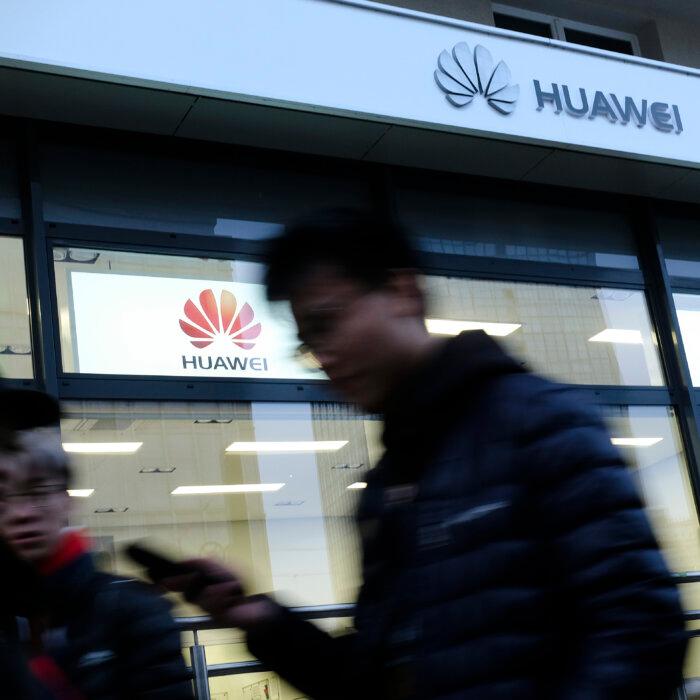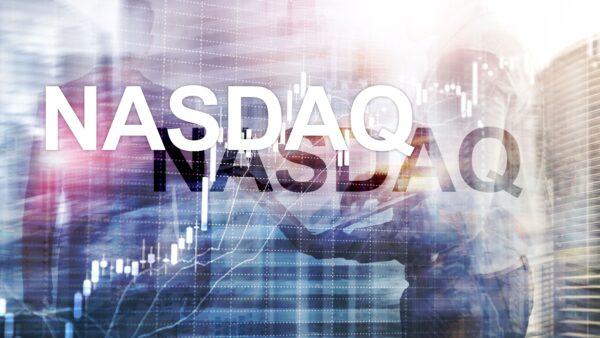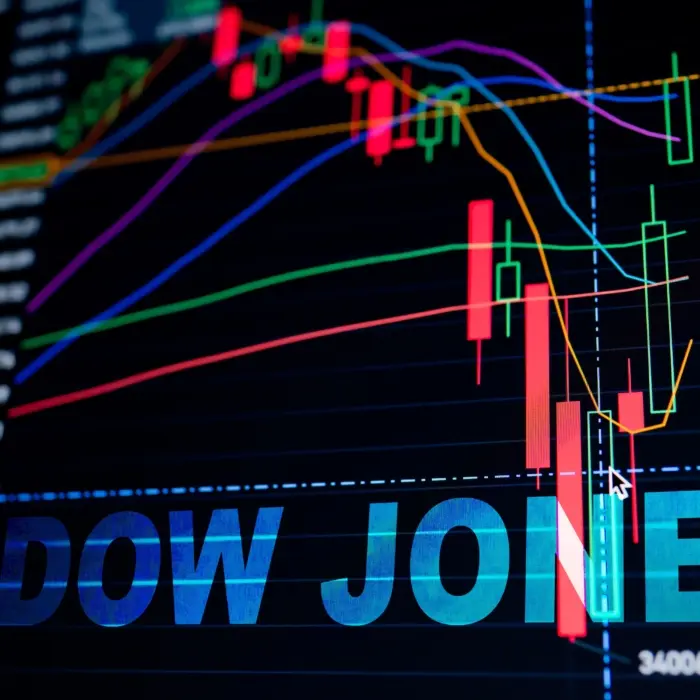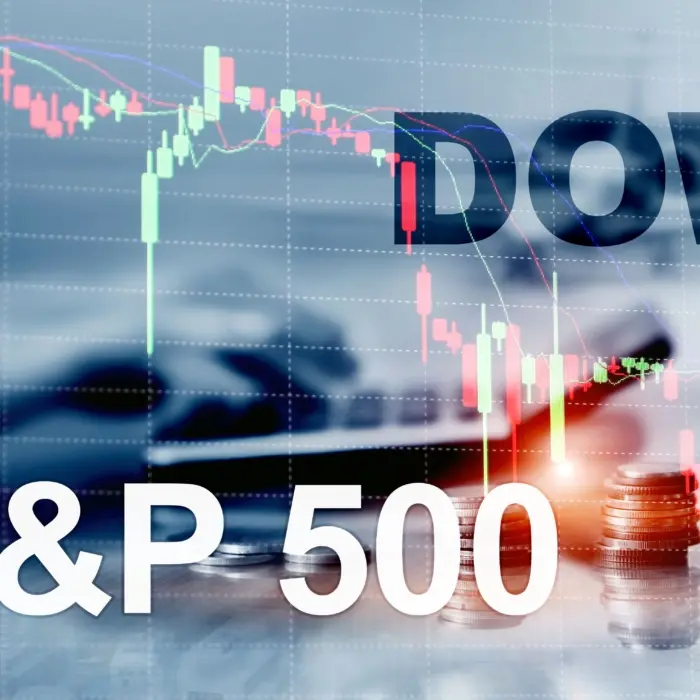US Seeks to Use Trade Talks With Nations as Leverage Against China: Report
Washington is reportedly asking countries to ban transshipments, help stop China from dumping cheap goods on the global market, in exchange for tariff cuts.
Gordon Chang on Trump’s Tariffs: Is China in Trouble?
As the U.S.-China trade war continues to escalate, I’m sitting down with China analyst Gordon Chang to discuss Trump’s tariff strategy.

‘We All Live Here’: The Comedy in Catastrophe
Jojo Moyes’s latest novel is a charming, humorous story about the collapse of a woman’s life and the chaotic relationships she endures under her roof.

Palace Hotel: A Dominating Presence in San Francisco
In this installment of ‘Larger Than Life: Architecture Through the Ages,’ we share glimpses of one of the most impressive ‘Gilded Age’ hotels in America.

The Best of Bach: 10 Great Baroque Compositions
Though not limited to these 10, the German composer’s expansive musical legacy has reverberated for generations.
Most Read
Top Stories
Trump Touts Progress After Trade Talks With Japanese Officials
The Trump administration is working with dozens of countries to negotiate new trade deals, White House officials said.
China Appoints New Trade Negotiator as Tensions With US Intensifies
China maintains a hardline stance on Wednesday, demanding that Washington cancel tariffs against China before negotiations.
Powell Highlights Tariff Risks to Fed’s Dual Mandate
‘We may find ourselves in the challenging scenario in which our dual-mandate goals are in tension,’ Federal Reserve Chairman Jerome Powell said.
Trump Admin Appealing Order in Case of Man Mistakenly Deported to El Salvador
Judge Paula Xinis had issued another order after a request for clarification from the Supreme Court.
Congress Is Looking at Medicaid—What to Know
Medicaid serves nearly a quarter of the U.S. population, yet few know how it works. Here are the basics.
Appeals Court Vacates Block on Iowa Law Criminalizing Reentry by Illegal Immigrants
The Eight Circuit has halted its freeze on the Iowa immigration law after the DOJ dropped a lawsuit against it brought under the Biden administration.
California Becomes 1st State to Sue Trump Administration to Block Tariffs
Gov. Gavin Newsom and Attorney General Rob Bonta said the lawsuit challenges Trump’s authority to impose tariffs without congressional approval.
▶Gordon Chang on Trump’s Tariffs: Is China in Trouble?
As the U.S.-China trade war continues to escalate, I’m sitting down with China analyst Gordon Chang to discuss Trump’s tariff strategy.
Maryland Man Pleads Guilty to Scheme Allowing Chinese Access to Sensitive US Gov’t Systems
The defendant ‘put the United States and its citizens in harm’s way,’ according to District Attorney Kelly O. Hayes.
Sen. Warren Introduces Bill to Tighten Ethics Standards for Musk and Other Special Government Employees
The bill would make these employees subject to stricter conflict-of-interest and disclosure rules.
Attorney General Bondi Announces Lawsuit Against Maine Over Boys in Girls’ Sports
The Department of Justice will consider retroactively pulling funding from schools that continue to allow transgender boys to compete in girls’ sports.
Rubio Announces Closure of Office Tracking Foreign Disinformation Over Censorship Concerns
‘The best way to counter disinformation is free speech,’ says the state secretary.
Day in Photos: Royal Pilgrimage, Ships on Suez Canal, and New York Auto Show
A look into the world through the lens of photography.
Shen Yun Performing Arts Is Very Beautiful ‘I’m Learning a Lot,’ Says Company VP
Company Vice President Ivonet Gomez attended Shen Yun Performing Arts for the first time on April 15.
Maryland Senator Says El Salvador Denied Him Meeting, Phone Call With Deported Man
‘Why is the government of El Salvador continuing to imprison a man [where] they have no evidence he’s committed any crime?’ Van Hollen asked.
US Manufacturing Expanded in March, but Momentum Eased From February Surge: Fed
The Fed report also showed that the manufacturing sector grew at a 5.1 percent annualized pace in the first quarter.
Tracking Trump’s High Level Appointments, Senate Confirmations
The Senate is undertaking the confirmation process for the president’s new administration.
What Every Gym-Goer Should Know About Pre-Workout Supplements
Experts weigh in on the potential benefits and downsides of popular workout supplements.
Text Message Scams Cost Americans $470 Million in 2024, FTC Says
The scams are increasingly targeting businesses and using tactics such as fake fraud alerts and bogus job offers.
Vehicle Affordability Improved to Best Level in 45 Months: Report
Auto dealer sentiment improved in the first quarter, with dealers expecting a strong market over the coming months, a survey said.
Alabama and Colorado Clash Over IG Report on Space Command Headquarters
A political standoff intensifies between Colorado and Alabama over the permanent location of the U.S. Space Force Command center.
EU Suggests Fast-Tracking Asylum Claims by Migrants From 7 Countries to Speed Deportation
Migrants from Bangladesh, Colombia, Morocco, Tunisia, Egypt, India, and Kosovo are unlikely to have asylum granted, the European Commission said.
‘The Amateur’: Can a CIA Cryptographer Become a Black Ops Agent?
Malek’s movie niche involves physically frail men with scary levels of grit and determination, so this story, while unrealistic, is something he can sell well.
Special Coverage
Special Coverage







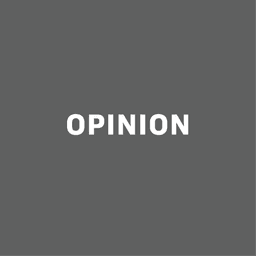





















































![[PREMIERING 4/17 9PM ET] How Bad Scientific Research Gets Through Peer Review: Dr. Joseph Varon](https://www.theepochtimes.com/_next/image?url=https%3A%2F%2Fimg.theepochtimes.com%2Fassets%2Fuploads%2F2025%2F04%2F16%2Fid5842971-250416-ATL_Dr.-Joseph-Varon_HD_TN-600x338.jpg&w=1200&q=75)






